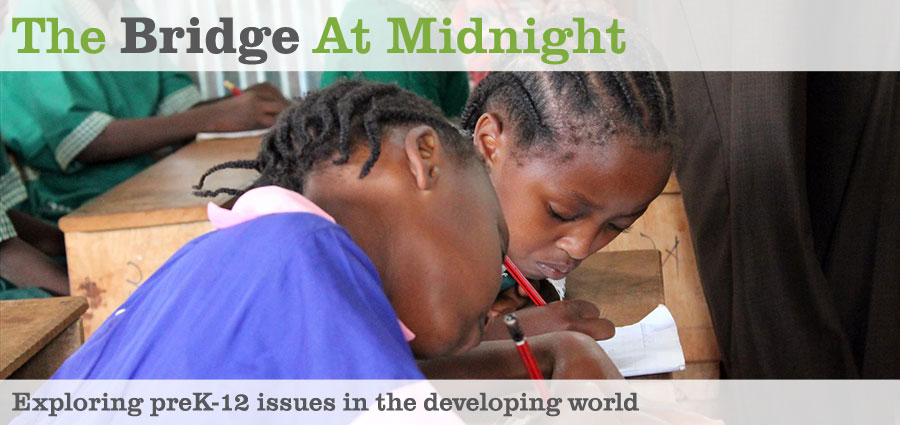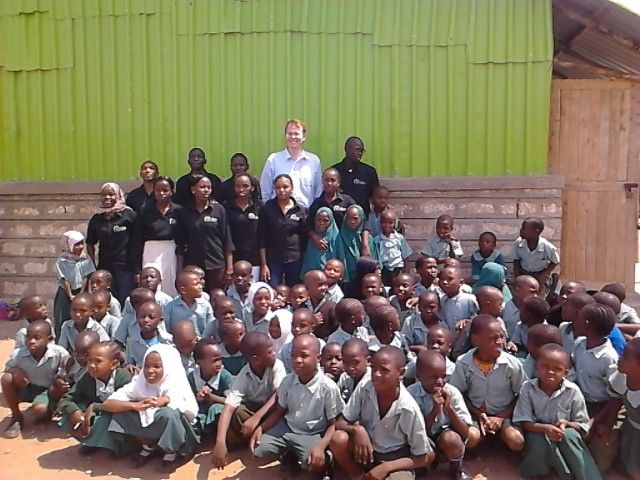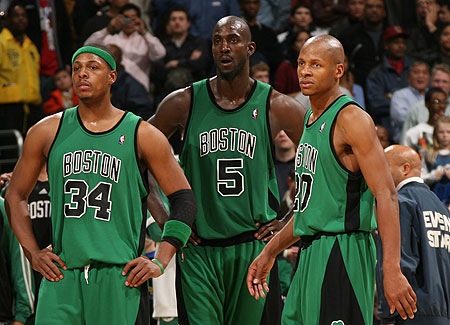Schmoker’s Big Three
Posted: July 30th, 2013 | Author: Michael Goldstein | | 3 Comments »
Here’s are some Bridge pupils. Alex is the tall guy in back. He’s in Mombassa, seeing how our 3 and 4 year olds are faring there.
I had the plane ride home to process the whole Kenya trip. Hard to organize my thoughts.
One wise hand that I like to read is Mike Schmoker. He writes:
Here are the three elements that we should approach with “simplicity and diligence,” until they are satisfactorily understood and implemented in every subject area.
1. What We Teach. This simply means a decent, coherent curriculum, with topics and standards collectively selected by a team of teachers from the school or district—that is actually taught.
The number of “power standards” (Ainsworth, 2003a) must not be excessive; it should account for about half of what is contained in our standards documents (Marzano, 2003). This allows us to teach the essential standards in sufficient intellectual depth, with adequate time for deep reading, writing, and talking. Why is this so important? Because such “guaranteed and viable curriculum” (Marzano, 2003, p. 22) is perhaps the most significant school factor that affects learning.
But such a curriculum is found in very few schools (Berliner, 1984; Marzano, 2003; Schmidt, 2008).
To me, this represents the greatest opportunity of Bridge.
2. How We Teach. Think of this simply as ordinary, structurally sound lessons that employ the same basic formula that educators have known for decades but few implement consistently.
As we’ll see in Chapter 3, this formula was formalized some 50 years ago (but is, in essence, thousands of years old). Yet the impact of such lessons, if we implemented them with even rough consistency, would be jaw-dropping (Wiliam, 2007). We’ll look at the evidence for this in Chapter 3.
Importantly, the pivotal feature of effective lessons is the conscientious effort, throughout the lesson, to ensure that all students are learning each segment of the lesson before moving to the next one.
Adding “Checks For Understanding” will be quite a puzzle in the Bridge context. Each time we do, it creates a fork in the road. This adds to lesson complexity.
3. Authentic Literacy. Authentic literacy is integral to both what and how we teach. It is the “spine” that “holds everything together” in all subject areas (Phillips & Wong, 2010, p. 41). In this book, “literacy” or “authentic literacy” simply means purposeful— and usually argumentative—reading, writing, and talking (Lunsford & Ruszkiewicz, 2009). (As we’ll also see, explanations and summaries are forms of argument.)
Literacy is still the unrivalled, but grossly under-implemented, key to learning both content and thinking skills. But authentic literacy is categorically different from the so-called “reading skills” and pseudo-standards that have wrought such havoc in language arts.
I think Schmoker’s Big Three stacks up reasonable well versus this Big Three. But what’s his Rondo?




You had me until the Celtics.
PS – welcome back.
Tough year ahead for Celts.
But worse for your Lakers….